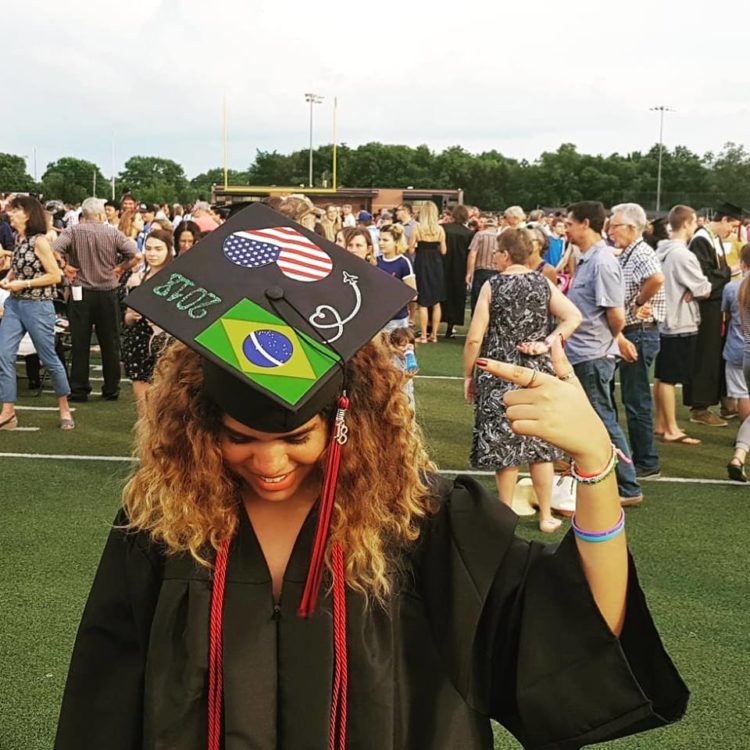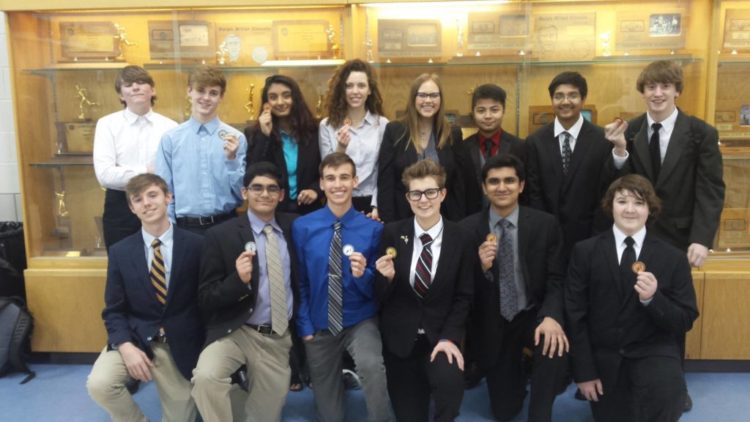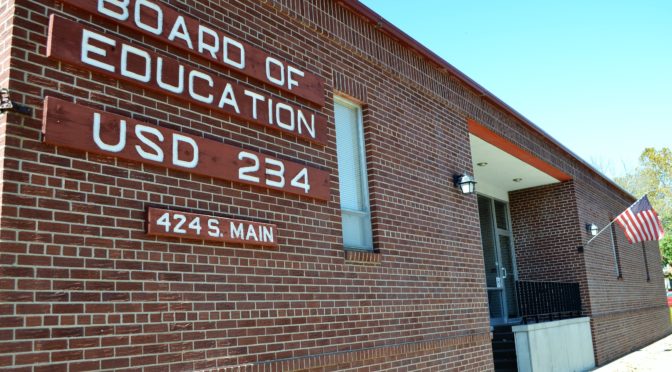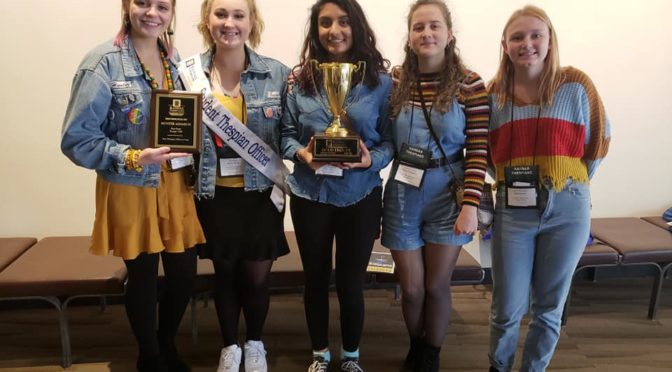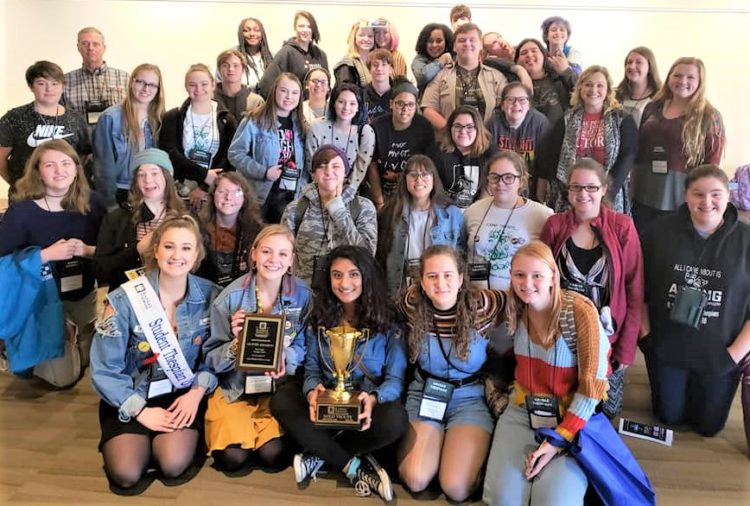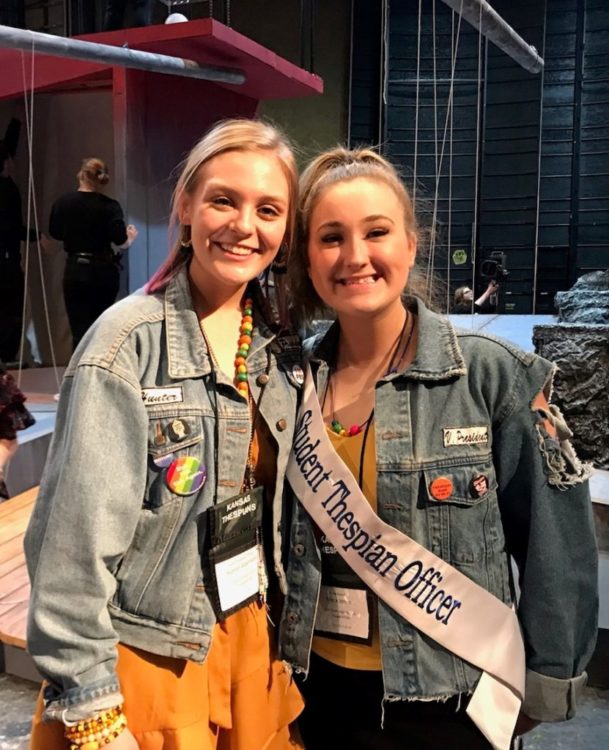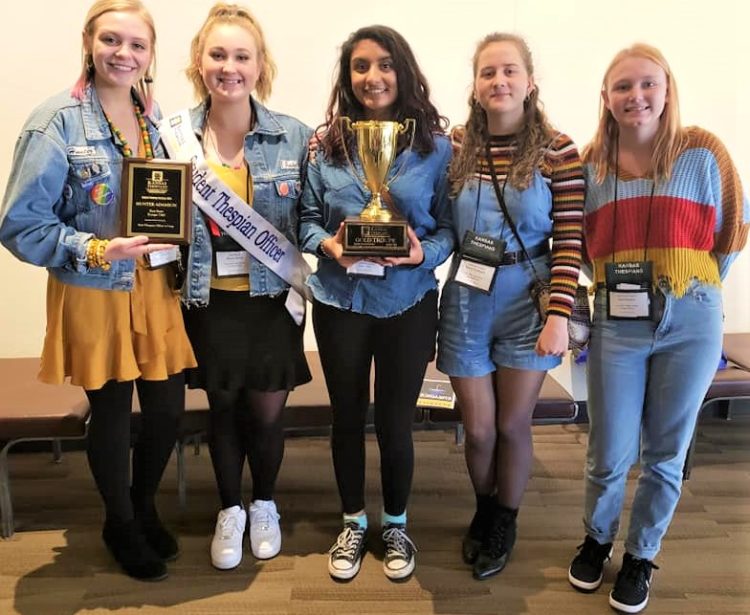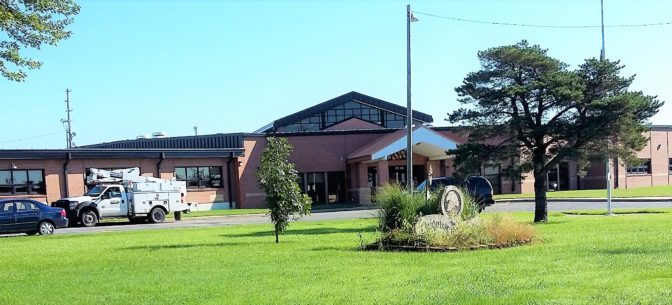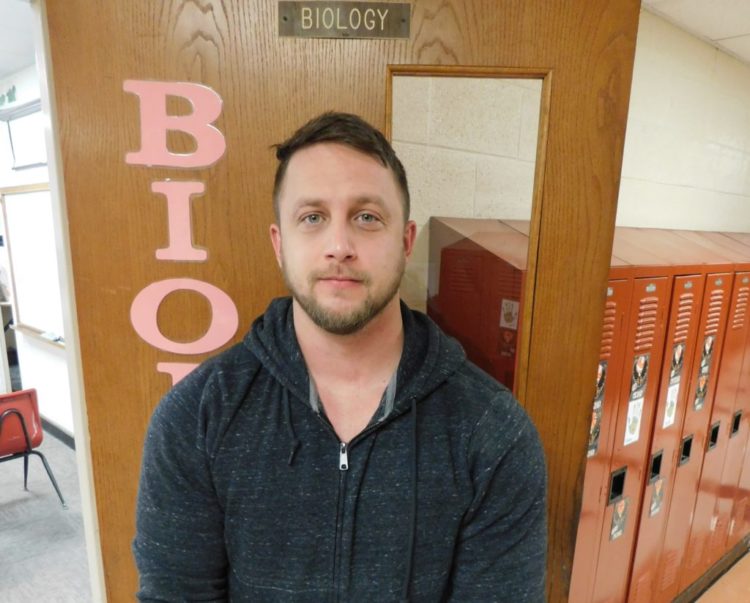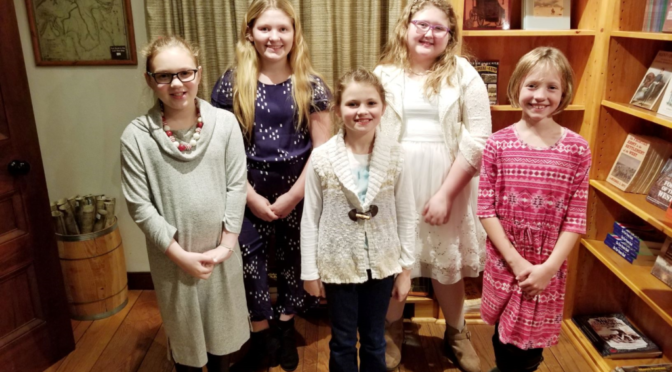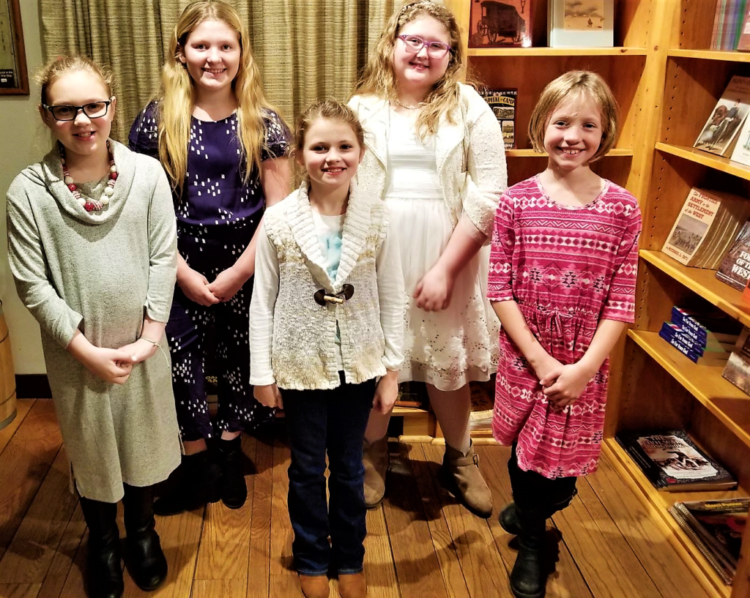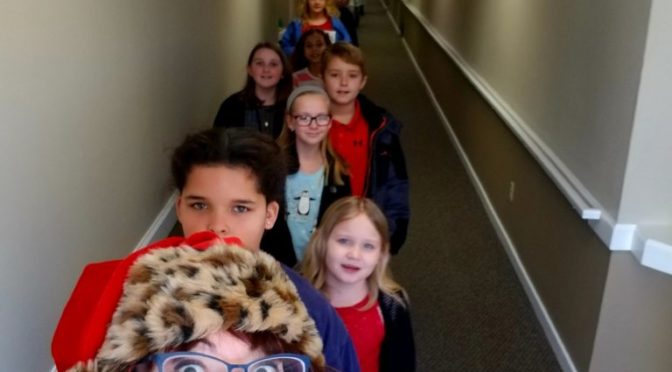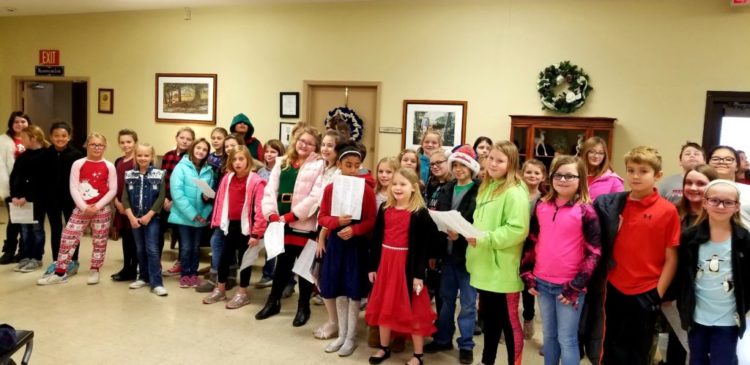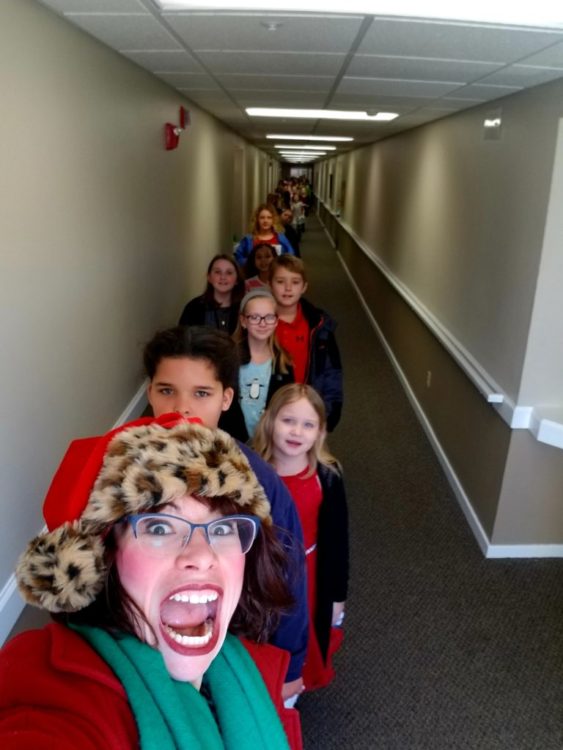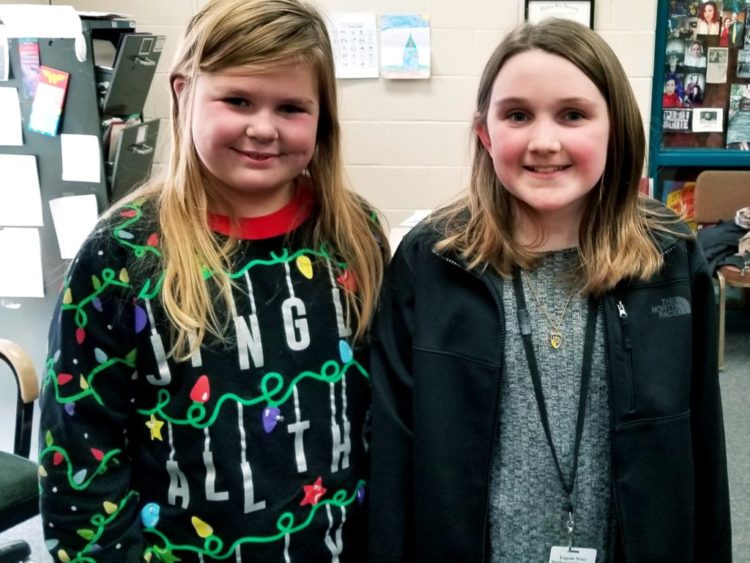Learning a foreign language,enjoying the advancement of educational and cultural opportunities, supporing volunteerism, enriching someone’s life while enriching your own, these are all the benefits of hosting an international student, according to Janice Rake, coordinator for Greenheart Exchange Program.
Greenheart Exchange Program students seeking host families for the next school year are beginning to apply now, Rake said.
“The students are happy to live in any type of family scenario: family with or without children, empty nesters, retired couple, single person…..it does not matter,” said Rake. “They are just excited to come to America and have the opportunity. Most want to come for the entire school year but some come for only one semester.”
Host families complete an application process which includes a home visit, references and background checks.
“My goal is always to find a good family/student match so it is a positive experience for all involved,” she said.
“The host family provides a bed and place to study, three meals a day and needed transportation as the students are not allowed to drive,” Rake said.
The students bring spending money for personal spending, shopping and entertainment. Greenheart Exchange secures the VISA, arranges the arrival and departures flights, provides health insurance and monitors throughout the year. The student agrees to follow the guidelines of the program. Greenheart requires each student to fulfill some volunteer or community service work and expects high academic and personal standards.
Rake checks in and monitors the students progress throughout the school year, she said.
Included below are several of the students that have applied so far.


